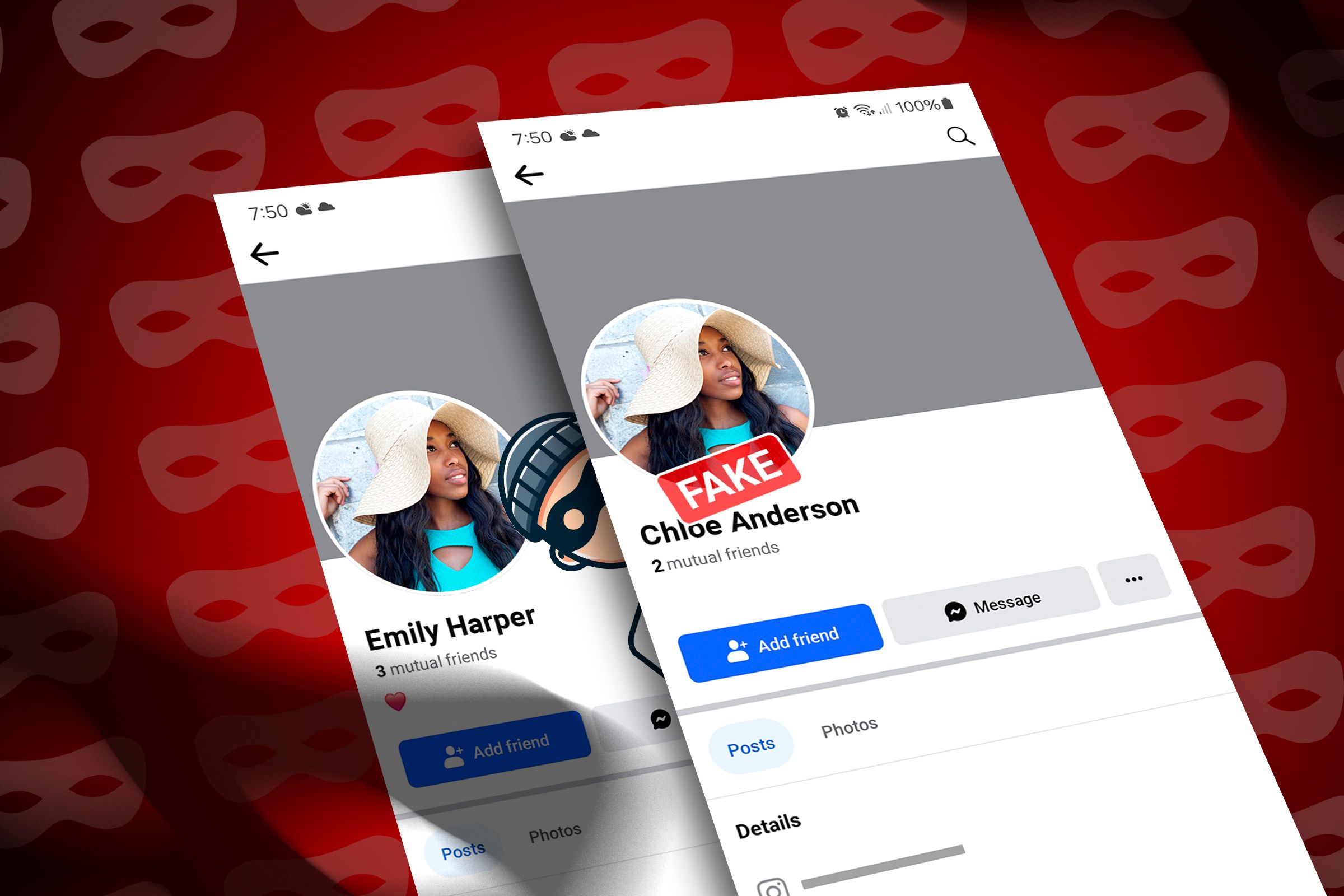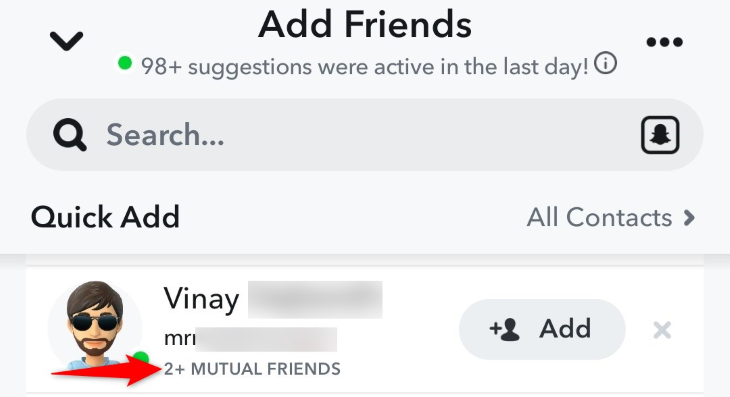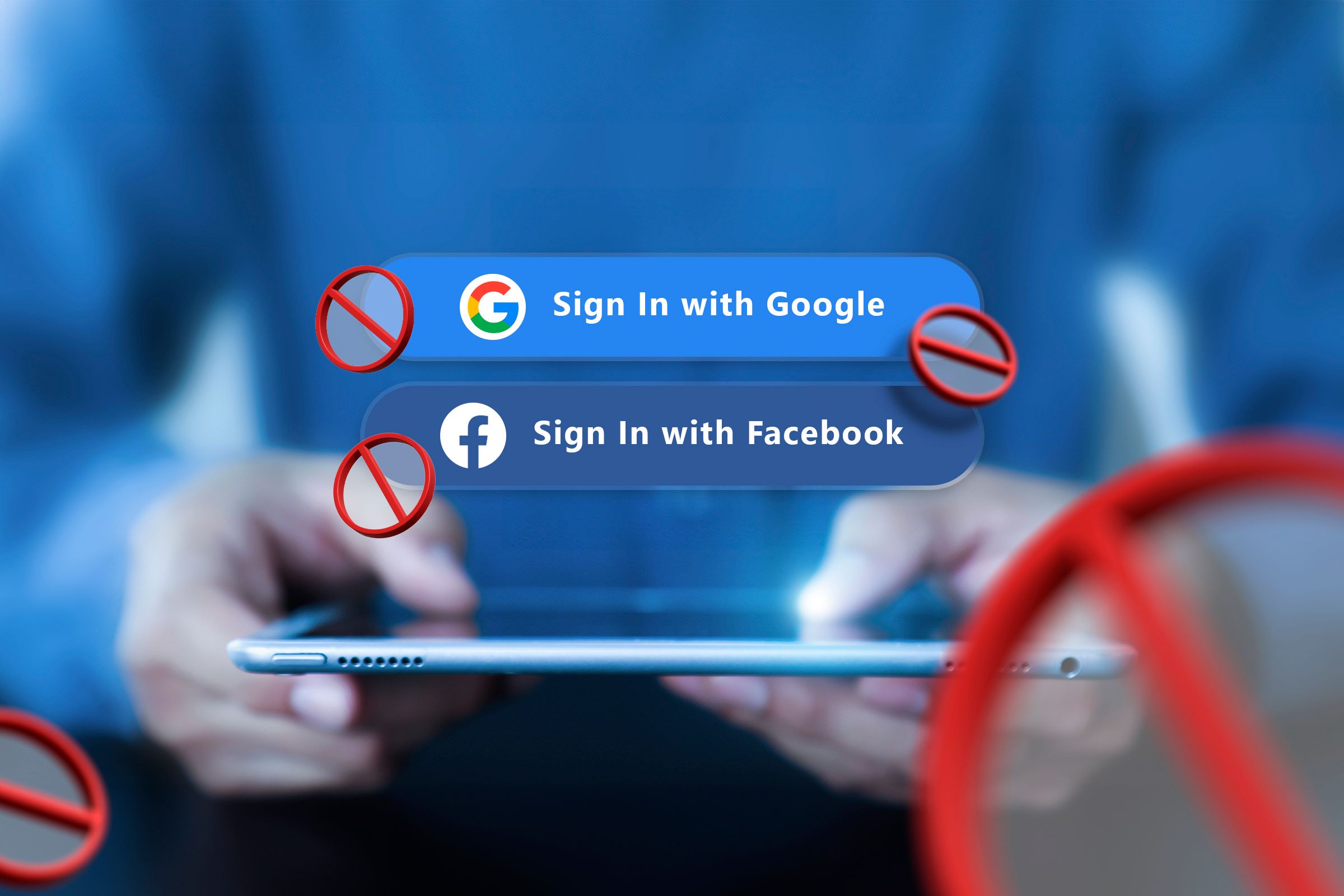Social media platforms have become prime targets for scammers to deceive users. Unknowingly sharing personal information on social media jeopardizes both our identity and financial security. Below, I’ve outlined the steps I take to protect myself from scammers and stay safe from social media scams.
1 Approach Unsolicited Messages With Caution
Scammers often lure victims by sending unsolicited messages in a friendly tone, creating a sense of urgency, or offering deals that seem too good to be true. For example, you might receive a message claiming you’ve won a prize or that a product is being offered at a massive discount. Your immediate reaction may be to act, but behind such offers could be a scammer.
They may request personal information under the guise of processing your reward, trick you into clicking malicious links, or even convince you to send money as a processing fee. To protect yourself, always cautiously approach messages from unknown accounts, don’t click suspicious links, and never share personal details or send money to unfamiliar contacts.
2 Confirm the Legitimacy of Profiles Before Engaging
Scammers often create fake profiles that mimic real individuals, such as your friends or family, to increase the chances of their unsolicited messages being successful. These profiles seem highly convincing, making it easy to think you’re interacting with a trusted contact or sharing information with someone you know.
To protect yourself, always verify the authenticity of a profile before responding to new connection requests or messages. Look for signs like a newly created account or no mutual connections. If someone contacts you from a new profile and claims their old one was blocked, contact the person through other mediums to confirm it.
3 Be Mindful of the Personal Information You Share
Oversharing personal information on social media makes it easier for cybercriminals to exploit your data. Using details you’ve publicly shared—like your birthday, pet’s name, home address, phone number, or email address —scammers can attempt to guess security answers. They also use it to craft targeted phishing scams.
To protect yourself, avoid sharing sensitive details on social media. Also, don’t post about your current location or travel plans to reduce the theft risk. Limit personal posts to trusted contacts, use aliases or nicknames, and consider using a fake date of birth. Always be cautious about what you share online.
4 Decline Friend Requests From Unknown Users
One of the most common ways beginner social media users fall victim to scams is by accepting friend or connection requests from anyone. This opens the door for scammers to gather personal information, spread malware, or trick you into financial fraud. Since you can never be sure who’s really behind these profiles, their motives remain hidden.
To stay safe, only accept requests from people you know or share mutual connections with. Verify the legitimacy of profiles before accepting requests, even from friends or family. Be cautious of new profiles, even if you know the person, and avoid adding someone as a friend just because they frequently interact with you in a public group or page.
While social media platforms have made shopping more convenient with dedicated marketplaces, this convenience comes with risks. You could fall for fake deals, receive counterfeit products advertised as premium, or end up with nothing. Scammers often use fake reviews or inflated ratings to lure unsuspecting buyers.
To avoid getting scammed while shopping online, I only purchase from verified sellers or stores with a proven track record of positive reviews. I avoid sellers who request untraceable payment methods like gift cards. Also, I use a virtual credit card instead of my primary one to protect my real financial accounts from potential risks.
These days, many apps and websites offer the convenience of logging in with your social media accounts. While many of these are legitimate, some can be malicious. Granting access to a harmful app could expose your login credentials and personal information. Even if the app is trustworthy, a database breach on their end could still put your information at risk.
To minimize these risks, don’t use social logins and always use alternative login methods. If you prefer using social media, consider creating a separate account without personal details for this purpose. If you need to use your real profile, such as for gaming with social media friends, thoroughly assess the app’s reputation before granting it access.
7 Strengthen Your Privacy Settings for Maximum Protection
Social media platforms are designed to encourage expanding your connections and spending more time online, which is why the default privacy settings are typically more open. Not only your friends but also their connections can view your interactions. Also, third-party apps and advertisers may have unrestricted access.
These make it easier for others to target you. To protect yourself, adjust your privacy settings on Facebook, Instagram, Snapchat or TikTok. Turn off public visibility for posts, friend lists, and photos, opt out of location tracking, limit third-party app access, and ensure that only close friends can view sensitive information like your email, phone number, or location.
Also, you can lock your profile or block others from sending you friend requests for extra security.
8 Avoid Clicking on Shortened or Suspicious Links
Suspicious phishing links aren’t just found in unsolicited messages; scammers also disguise malicious URLs using shortened links (like bit.ly) in public posts and comments to entice unsuspecting users to click on them. These links can lead to malware infections, theft of personal information, or further phishing schemes.
To protect yourself, avoid clicking on links in posts or comments from unknown sources. Use link-expanding tools to test the full URLs behind shortened links before clicking. Also, report any posts containing suspicious links to help prevent others from becoming victims, and open links in a different browser profile or private window to minimize risks.
9 Stay Wary of Emotional Manipulation Tactics
Scammers often use emotional manipulation tactics to deceive individuals on social media. They may create a sense of urgency with limited-time offers, pressuring you to act without thinking, share emotional stories to evoke sympathy for donations or assistance, or threaten you with account hacking or legal action for actions you didn’t commit.
Whenever you come across a message using these tactics, take a moment to evaluate the situation before responding. Fact-check the information you receive, get advice from friends and family, and familiarize yourself with common manipulation tactics and psychological tricks scammers use to avoid falling for them.
These are some of the methods scammers use to target unsuspecting victims online. Beginners and seniors are often their primary targets, as they are less familiar with these scams. So, besides protecting yourself, educate new users and seniors who may not be tech-savvy about the potential risks posed by social media.




